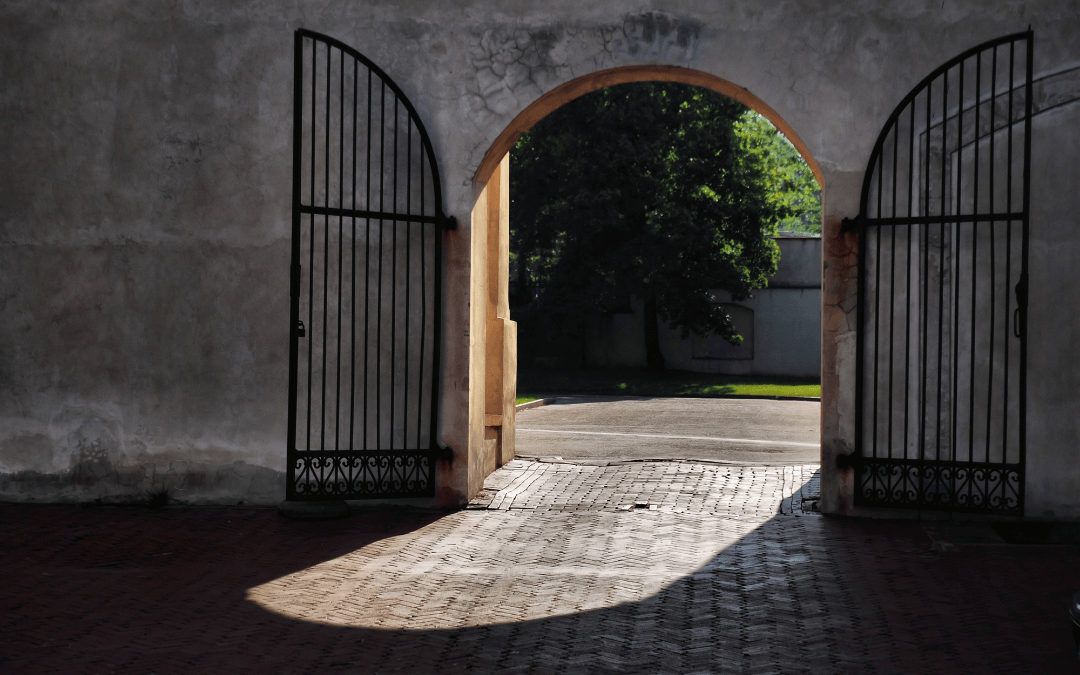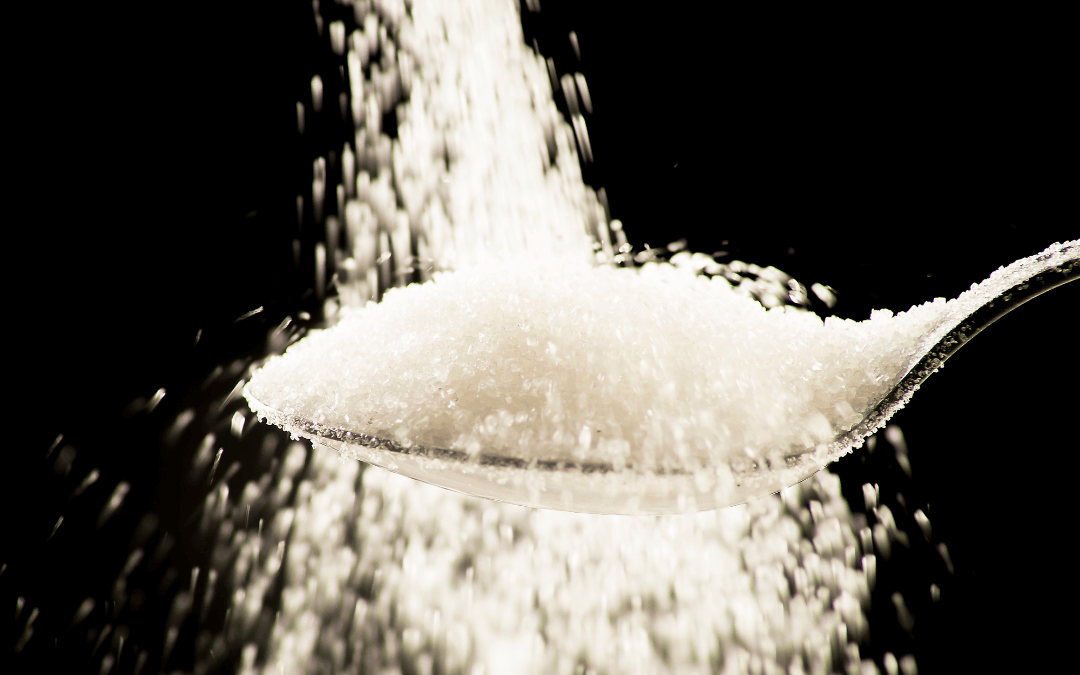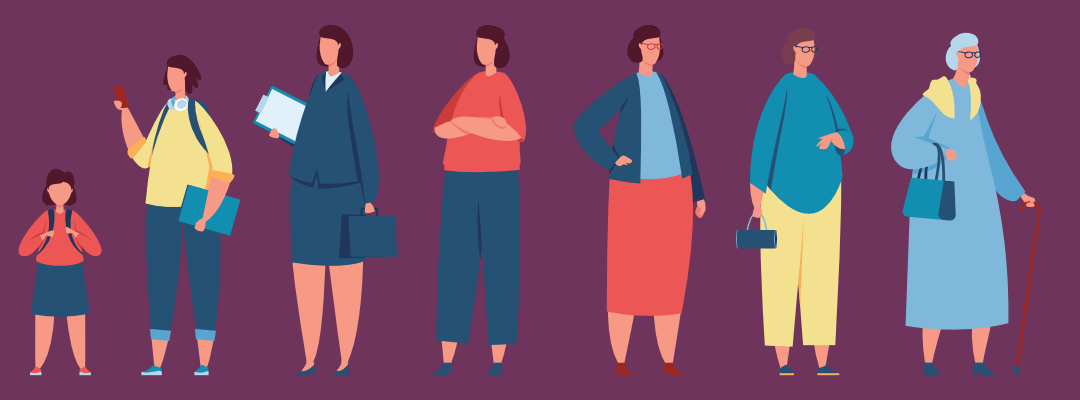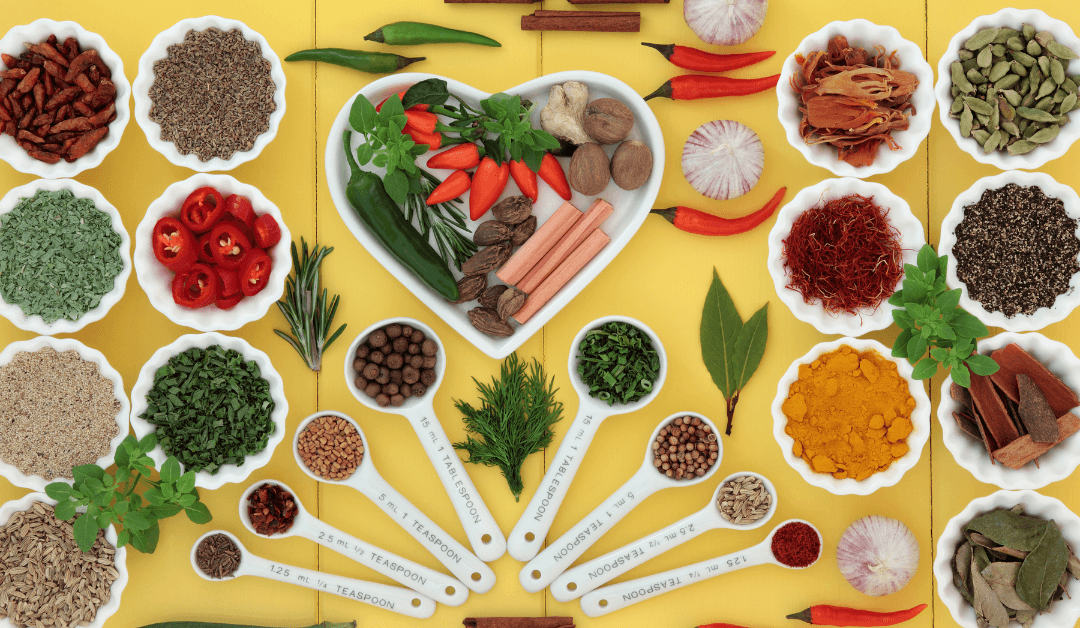The Dodo Munches cannot and does not contain medical/health advice. The information is provided for general informational and educational purposes only and is not a substitute for professional advice. Please read the full disclaimer here.
Ever wondered what happens to all the food you eat? It gets metabolised. What that means is your body cuts up long chains of molecules into smaller molecules and uses those for chemical processes.
When you eat something these processes are rather complicated because food contains so many different types of molecules. The most important groups for us are proteins, fat and carbohydrates.
This post explains how a healthy body metabolises carbohydrates and what happened to me after I ate far too may for decades. Fructose is also a carbohydrate but, like the fat metabolism and your gut bacteria, it gets its own post.
Carbohydrates, glucose, and sugars
Carbohydrate is the general term refering to molecules made up of carbon, hydrogen and oxygen. Sugars, like fructose and lactose, are carbohydrates. Starches are long-chained carbohydrates, meaning long chains of carbon, hydrogen and oxygen. That’s why sugars are sometimes called “simple” carbohydrates (smaller, less complex molecules) and starches “complex” carbohydrates (bigger more complex molecules).
When we eat any type of carbohydrate our bodies break those molecules up into smaller bits so they can enter our blood stream and be transported to individual cells. These smaller bits are called glucose.
Mitochondria, tiny elements in your cells, use the glucose in a chemical process that releases energy. They can extract energy from fat and proteins too but the glucose metabolism is our default metabolism to create the energy we need to live.

Insulin and cell membranes
For the mitochondria to be able to use the glucose, it first needs to get from the blood stream into the cell. Enter: Insulin. Cell membranes have tiny gates that open and close depending on the needs of the cell. The opening and closing is also a chemical process and it happens with a key.
Insulin is the key for the glucose gates. As soon as your tongue tastes something sweet, your brain gives the signal to release insulin into the bloodstream. It docks with the gates of our cells and opens them to let the glucose in. Mitochondria pick it up, take it apart some more and voila! Energy.
If a cell already has enough energy, the gates stay closed. The excess glucose is filtered out by the liver where it is turned into liver fat. Unlike the fat that creates a protective layer against cold under your skin and padding around your sit-bones, liver fat is stored in a ring around our mid-section and in layers around our organs.
What could possibly go wrong?
In most countries people eat far too many carbohydrates. Just like I did. To understand what I mean by this, though, I have to tell you one more thing first: calories are nonsense. A calorie was defined by the amount of energy needed to raise the temperature of 1 kilogram of water by one degree Celsius. The Wikipedia article on calories is excellent if you want to dive in deeper.
For now, all you need to know is that this way to measure energy is utterly irrelevant because it has nothing to do with how our bodies work. But calories are the bench mark used by people all over the world to recommend what kind of food we should eat. Carbs are easy and cheap sources of calories, which is why so many people now eat so much of them.

Just too much!
Compare a packet quinoa, a grain that naturally contains 40% carbohydrates, with a loaf of average bread at 60-80% carbohydrates, some of which are sugars. Then factor in that you easily eat 100g of bread, maybe even more, a day. How often do you eat 100g of cooked quinoa? It’s actually hard.
When we eat natural unprocessed foods our bodies recognise them and are full after a healthy amound. Ever eaten an entire bag of broccoli? Me neither. But when we eat processed foods that combine carbs with fat, artificial flavours, salt and added sugar, our stop signals are completely overridden.
What’s more, during the processing of natural foods their chemical compositions are changed. That’s why a slice ofwhite bread contains more carbs than a bowl of grains. Result: We eat far more carbs than our bodies actually need. And then we top it off with dessert.
System overload
I did this for decades and here’s what happened to me. My cells had more than enough glucose for energy so they closed the gates. The remaining glucose went to my liver, that turned it into fat. My midsection grew. My kidneys no longer functioned properly. (Turns out it isn’t normal to have to get up to use the bathroom in the middle of the night.)
My liver got fattier by the minute, even though I have never touched alcohol. After this went on for a while, my cells got fed up. They closed the gates. My body released more and more insuline but my cells grew resistant to it. I was heading towards diabetes.

Symptoms
Now I know how good I can really feel, but back then I thought I was fine-ish. My growing belly, the wider hips, feeling winded when I walked up the stairs and getting up in the middle of the night were just signs of middle-age. Not great, of course, but normal. Right?
The symptoms for pre-diabetes were more serious, but several members of my family have diabetes so I thought this was normal too. I was actually convinced that diabetes was inevitable.
But even though I had been getting older, none of these were signs of old age. They were symptoms telling me that I was getting sicker every day.
Reversible
How do I know? Because I reversed the symptoms completely. Every single one of the pre-diabetes symptoms, every problem I had, every gram of liver fat is gone. After just six months of zero sugar and processed foods, I felt fantastic.
Not only do I fit into the clothes I used to wear in my early twenties, I even feel better than I ever remember feeling. No headaches, no trouble focusing, and I sleep through the night.
I gave my liver a break by going on a keto diet for six months and it recovered completely. My glucose metabolism reset itself. These days, healthy carbs are back on the menu because they aren’t really the problem. Now that I know how my metabolism works and what my body needs, I just get my carbs from unprocssed foods and feel better than ever.
I learned about metabolisms in Fat Chanceand Metabolical, both by Dr. Robert Lustig, in case you want to dive deeper into the subject.

